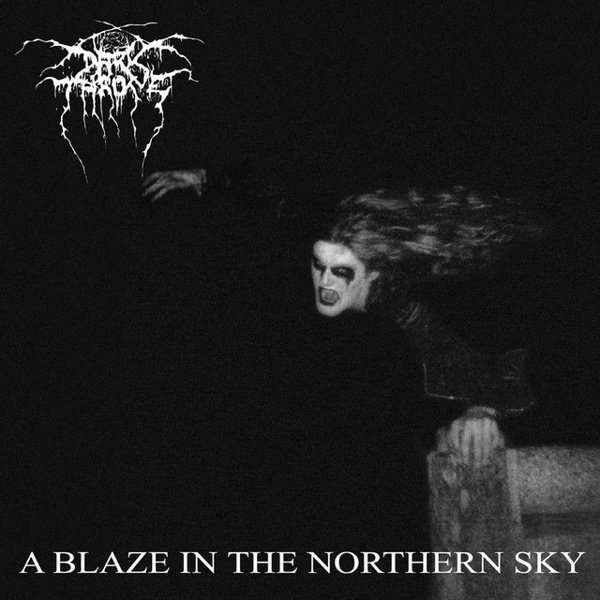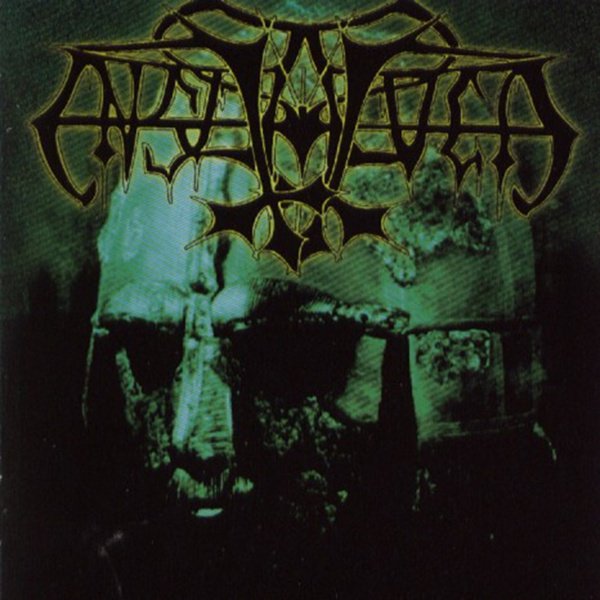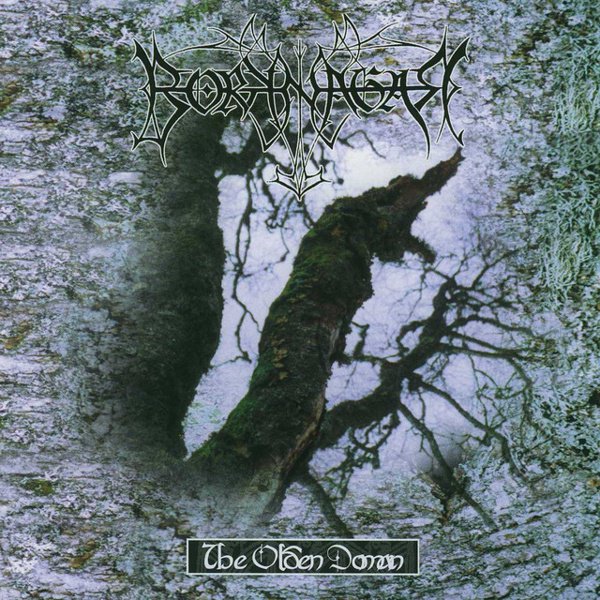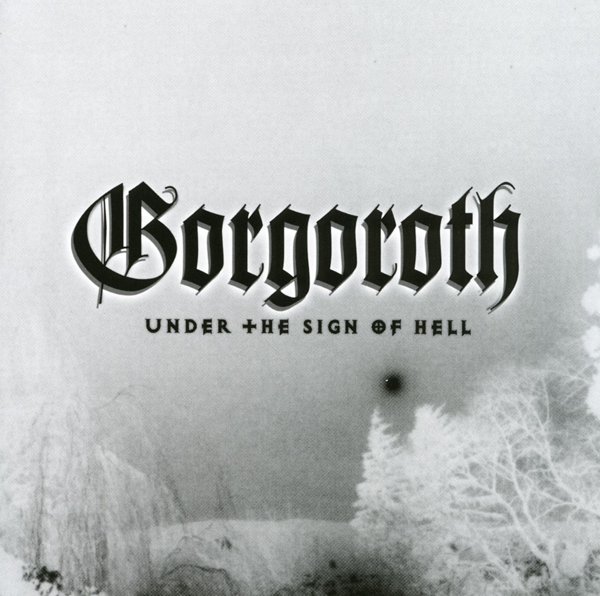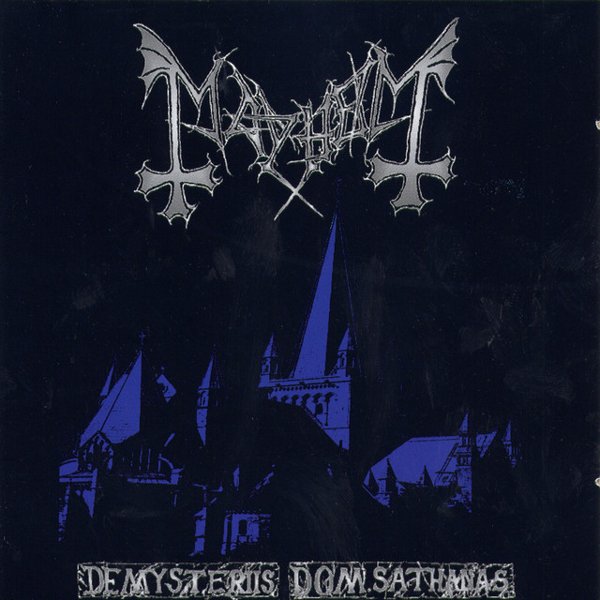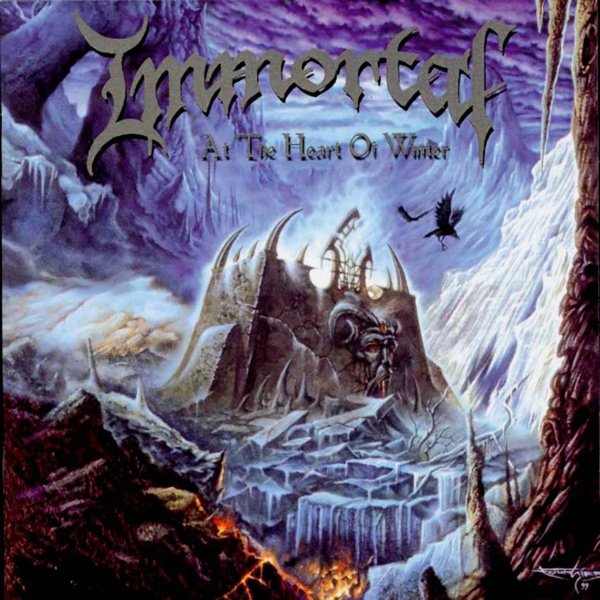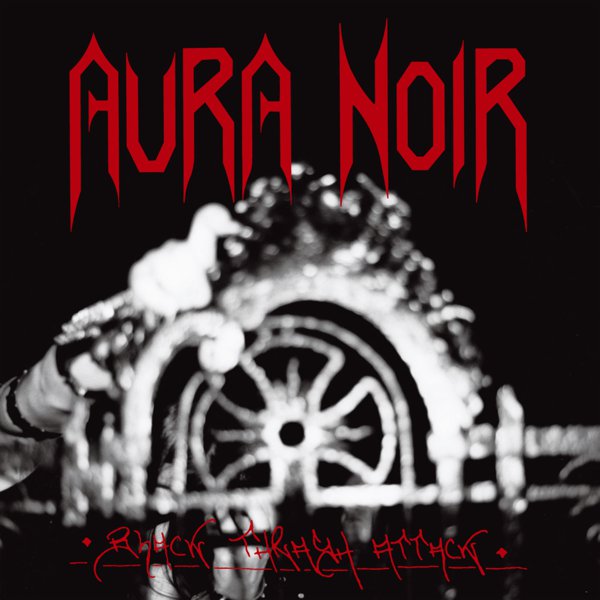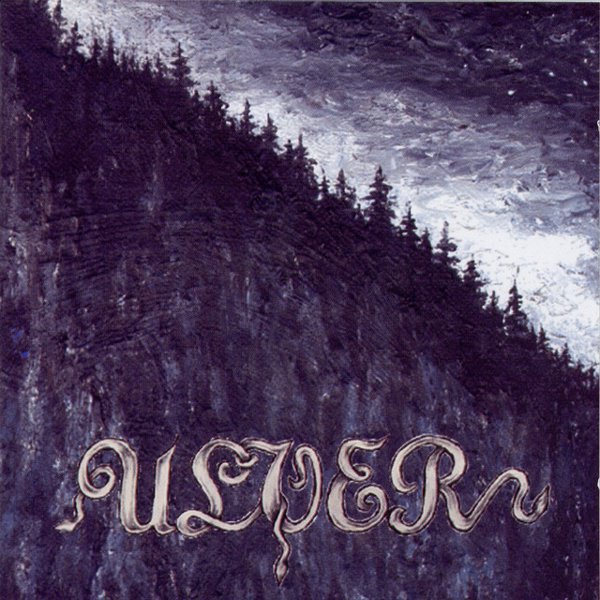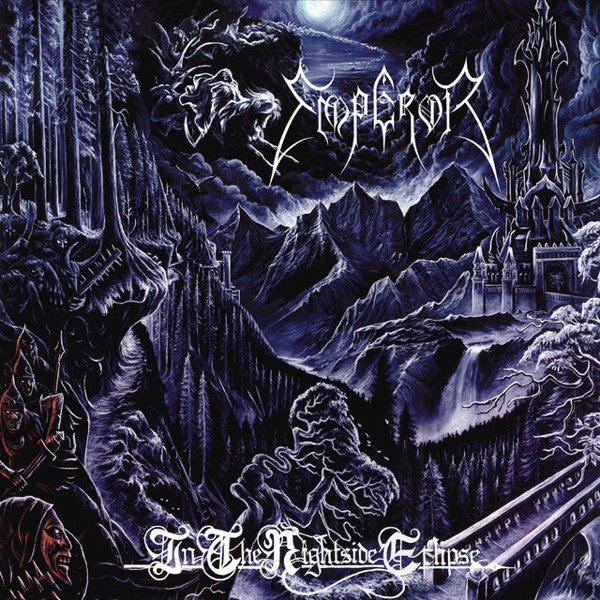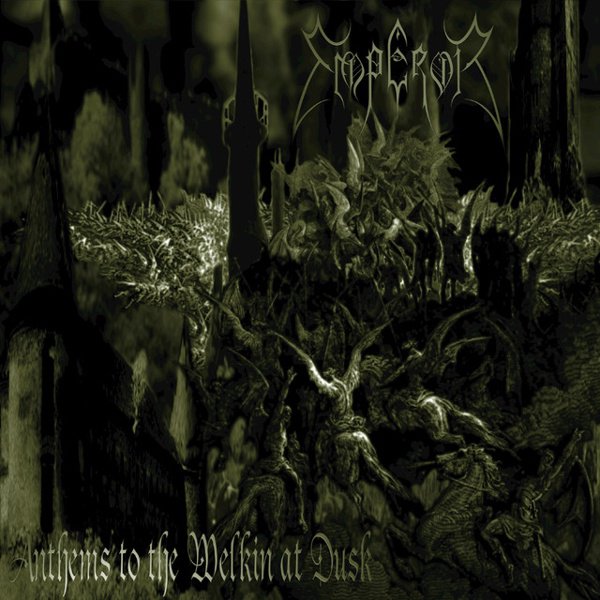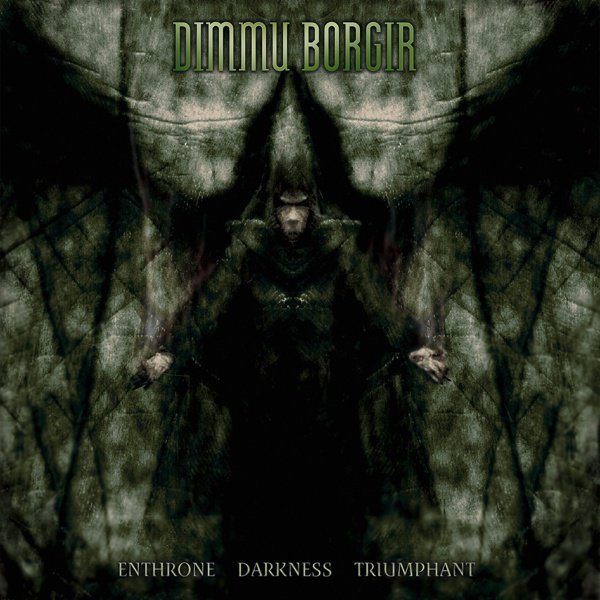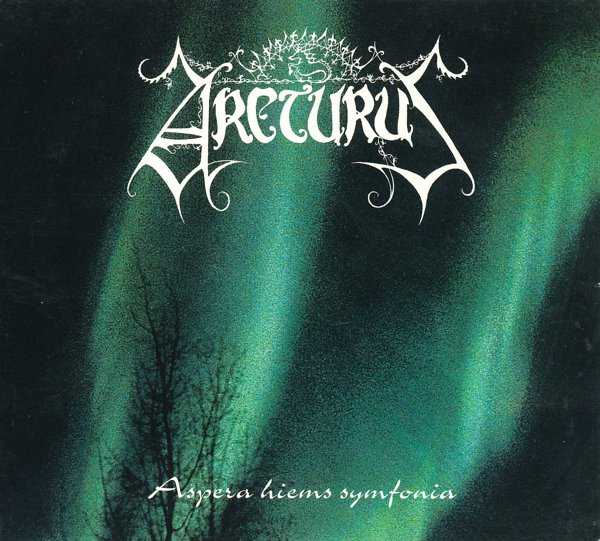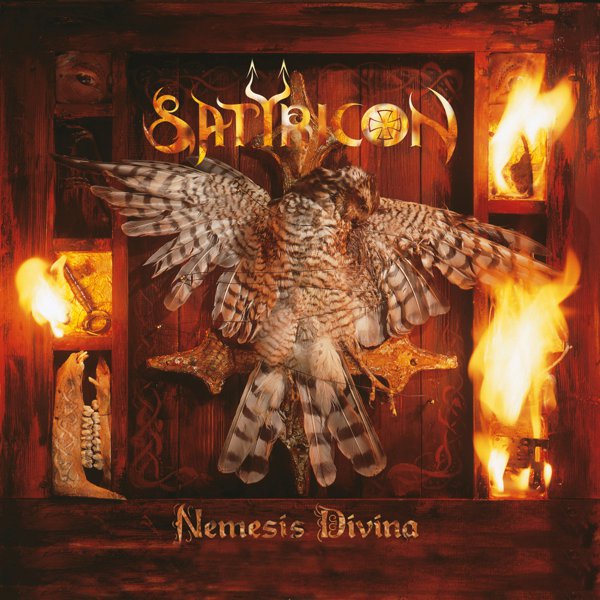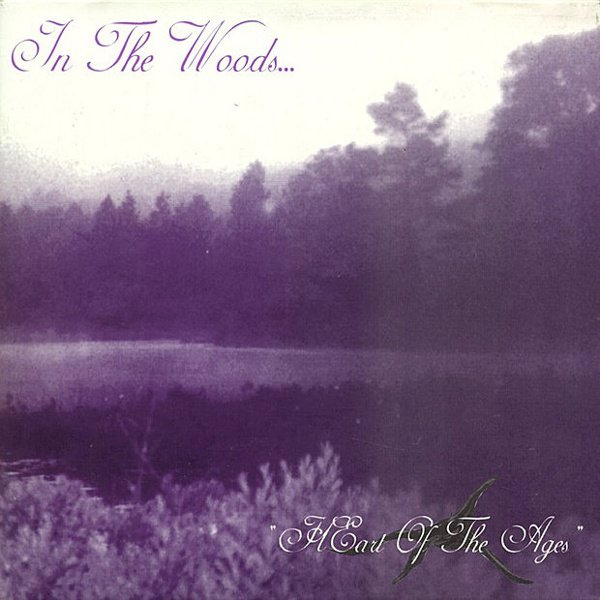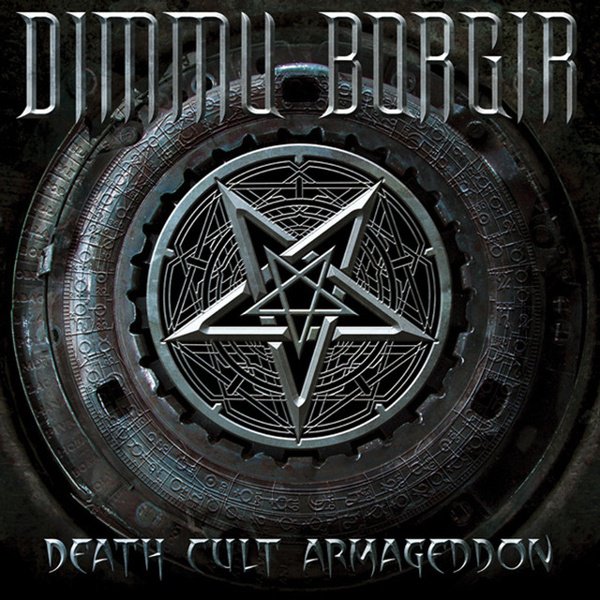Norwegian black metal: an extremely problematic genre where the problems both detract from and add to its appeal. It’s a genre so problematic that even one of the co-authors of Lords of Chaos, the definitive tome about the scene, has been condemned by the Southern Poverty Law Center. Still, it’s not a form of music you can dismiss out of hand. The early practitioners of the genre succeeded not only in taking heavy metal to previously unexplored extremes but creating a sonic template that continues to influence bands to this day.
Basically, you know all that stuff that the Satanic Panic grifters got people so worked up about? These bored Norwegian teens decided to use those accusations as a to-do list. Some of it was harmless: putting on KISS makeup, running around the woods with homemade armor and weapons, goofy devil worship rituals. Some of it was less harmless: flirtations with Naziism, church burning, murder. Sometimes all of the above, in the case of Varg Vikernes. Many of the involved artists only participated in the demon cosplay. It’s hard to talk about the many merits of the music without touching on the controversy surrounding it, though.
Still, the practitioners did come up with some genuinely innovative approaches to metal. Influenced by first-wave black metal acts like, of course, Venom (who came up with the term “black metal” on the album of the same name), Viking metal originator Bathory, and demented experimentalists Celtic Frost, they rejected the strict rules of thrash and death metal in favor of their own “trve” sound that they felt allowed them to capture the desolate winters of their native Scandinavia rather than trying to sound like bands from California or Florida.
To do so, they brought in tremolo picking, blastbeats, banshee shrieking, and neoclassical keyboards to extreme metal – something lacking in the death metal sound that had been the weapon of choice to that point for musicians looking to scare their parents. Their lyrics tended to be about the devil, Nordic mythology, or medieval themes. The production sucked but in such a way that it only added to the mystique. And while their aesthetic may seem silly when viewed dispassionately, the monochromatic album art and torchlit corpsepaint of their band photos created a genuinely creepy vibe.
Caveat: for the purpose of this overview I’m including bands whose overarching philosophies aren’t aligned with Naziism or other forms of fascism, even if some individual members are problematic. That doesn’t extend to one-man acts. Vikernes, for example, played in genre progenitor Mayhem and created atmospheric black metal with his solo Burzum project, but it would be irresponsible to give Burzum a formal recommendation due to both his disturbing beliefs and violent actions. Some have apologized for their youthful indiscretions (like Darkthrone), while other acts continue to welcome members with abhorrent views into their ranks. Norwegian black metal’s legacy continues to be a checkered one.

